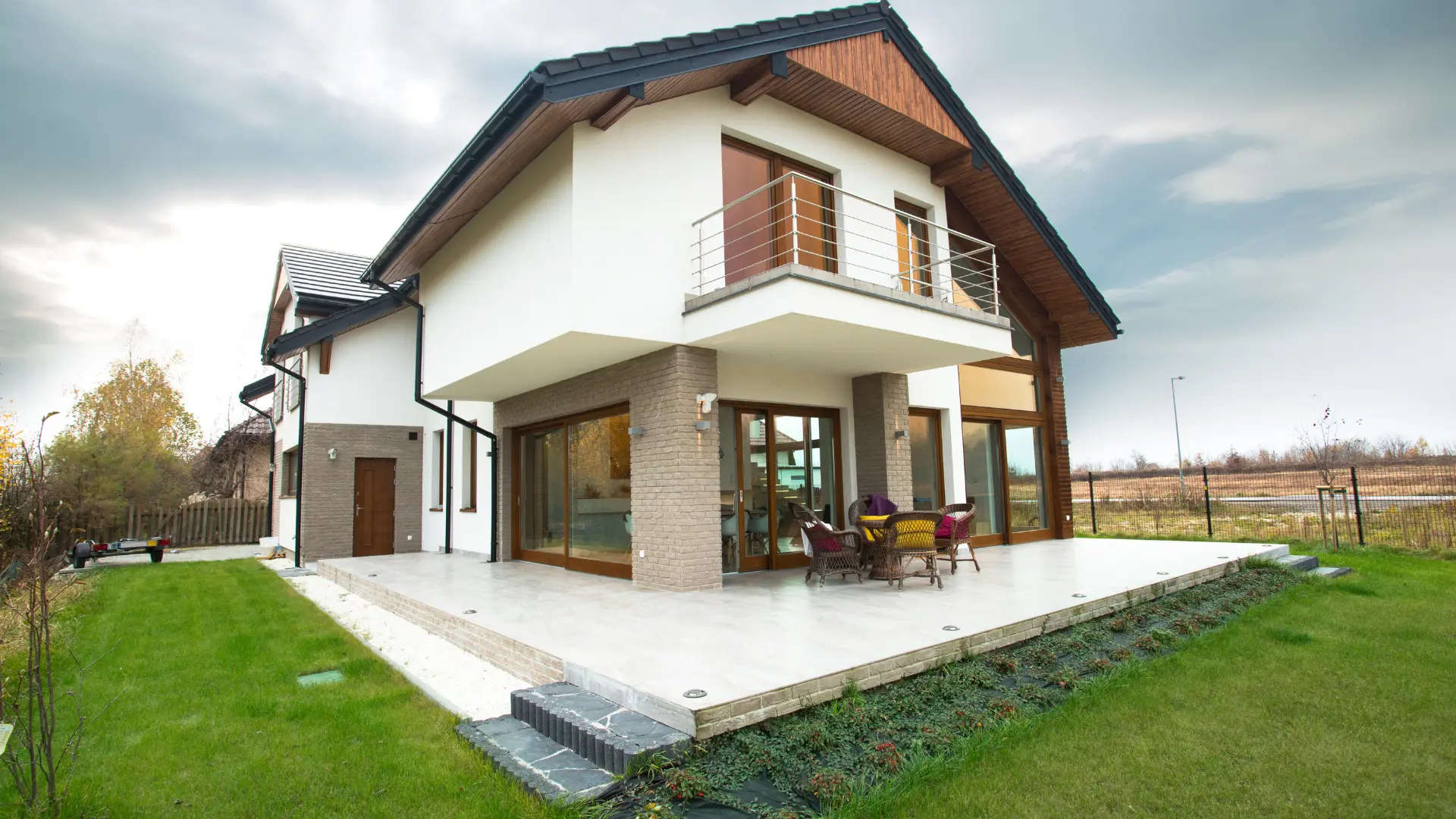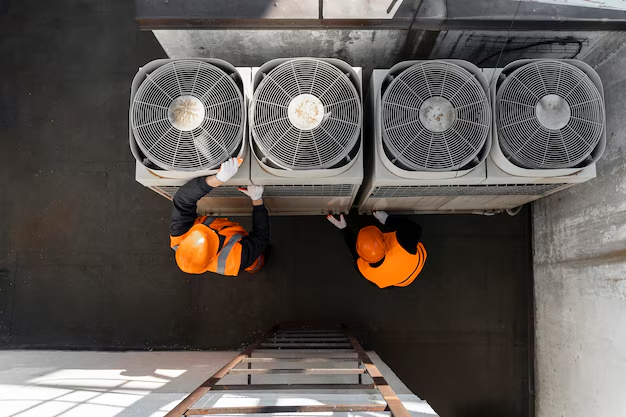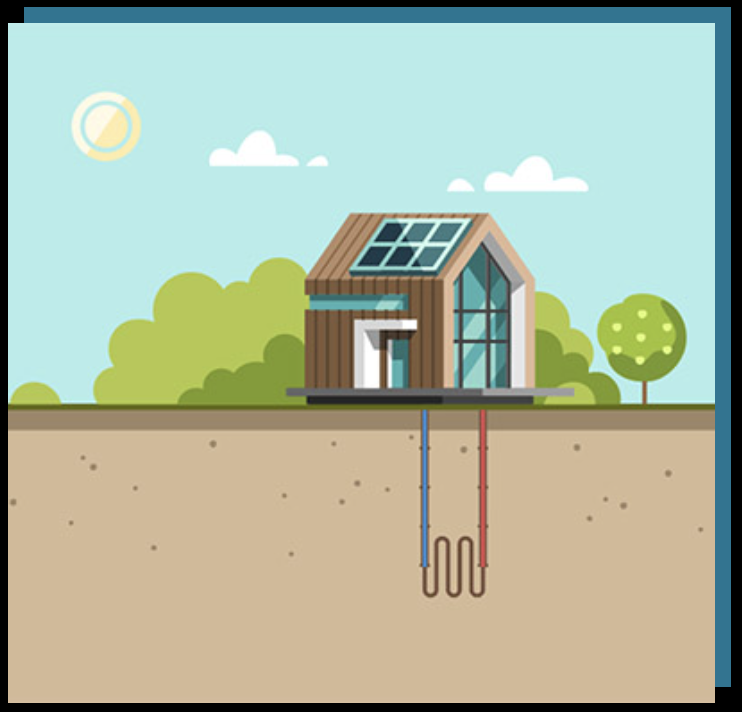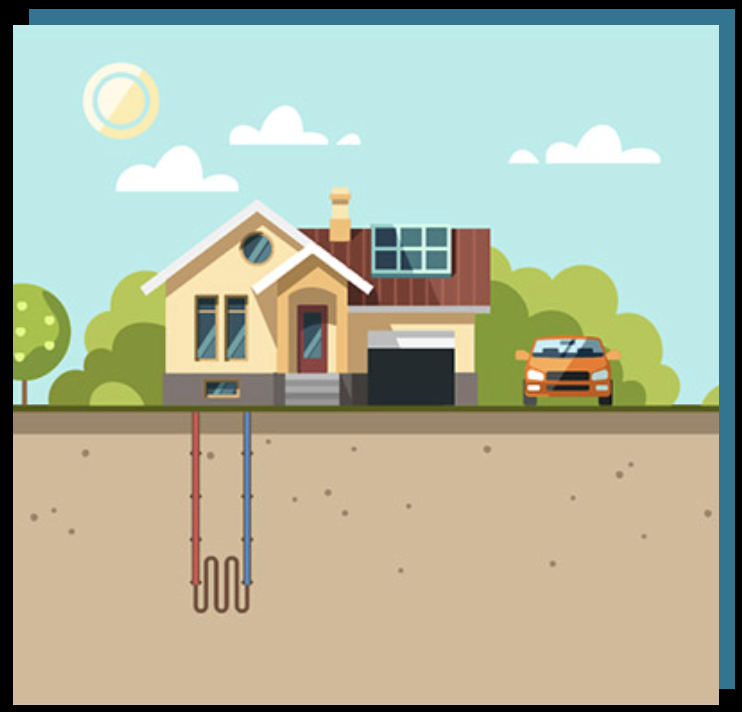As the world shifts towards more sustainable living practices, the adoption of geothermal energy for residential homes is on the rise, presenting a promising pathway to energy independence and environmental stewardship.
Geothermal energy, with its roots in the Greek words for “Earth” (geo) and “heat” (thermos), offers a sustainable solution to heating and cooling homes. By tapping into the Earth’s consistent underground temperature, geothermal systems provide an efficient alternative to conventional heating, ventilation, and air conditioning (HVAC) systems. This renewable energy source not only reduces reliance on fossil fuels but also offers significant cost savings over time.
What is Geothermal Energy?
At its essence, geothermal energy is the heat that comes from the sub-surface of the Earth. This heat is continuously produced through the decay of radioactive materials such as uranium and potassium. The temperature a few feet below the Earth’s surface remains relatively constant throughout the year, ranging from 55°F to 70°F, depending on the location. This consistency makes it an ideal source for heating and cooling applications. In residential settings, geothermal energy is harnessed through the use of geothermal heat pumps (GHPs), which exploit the difference between the Earth’s surface temperature and its constant underground temperature to regulate the climate within homes.
This introduction sets the stage for a comprehensive exploration of geothermal energy in residential applications. If this direction aligns with your expectations, I can continue developing the remaining sections to complete the article, focusing on the detailed mechanisms, benefits, and future outlook of geothermal energy for homes.
Is Geothermal Energy For Residential Homes Worth It?
Determining the worth of geothermal energy for residential homes involves evaluating its long-term benefits against the initial investment. Geothermal systems are highly efficient, leveraging the Earth’s stable temperatures to provide heating and cooling at a significantly lower operational cost compared to traditional systems. While the upfront installation cost is higher, savings on utility bills, minimal maintenance, and environmental benefits make geothermal energy a worthwhile investment for many homeowners. Additionally, the increasing availability of government incentives and rebates can further offset the initial costs, enhancing its appeal.
Geothermal heating and cooling systems in residential homes operate on a simple principle: they use the Earth’s stable underground temperature to regulate home climate efficiently. This is achieved through a geothermal heat pump (GHP) system, which consists of a ground loop, a heat pump unit, and a heat distribution system.
The Ground Loop
The ground loop is an underground network of pipes filled with a water-based solution. This loop absorbs or dissipates heat to the ground, depending on the heating or cooling needs of the home.
Heat Pump Unit
Located inside the home, the heat pump unit is the heart of the system. It transfers heat between the home and the ground loop. In the winter, it extracts heat from the ground to warm the home. In the summer, it reverses the process, removing heat from the home and transferring it to the ground.
Distribution System
The heated or cooled air is then distributed throughout the home via the existing ductwork or radiant floor heating systems, providing comfortable temperatures year-round.
The efficiency of geothermal systems comes from their ability to leverage the constant underground temperature, which is much more stable and predictable than air temperatures. This results in significant energy savings and a reduction in utility bills.
Installation and Costs Of Geothermal Energy For Residential Homes
The installation of a geothermal system involves placing the ground loop beneath the surface. The specific configuration of the loop system (vertical, horizontal, pond/lake, or open loop) depends on the available space and geological conditions. Despite the higher initial investment compared to traditional HVAC systems, geothermal installations offer long-term savings due to their lower operating costs, less maintenance, and longer lifespan. Additionally, various government incentives can help offset the upfront costs, making geothermal a financially viable option for many homeowners.
Exploring different types of geothermal products, like GeoSmart NetZero, can reveal a range of options designed to meet various residential energy needs. These products often emphasize sustainability and efficiency, aiming to reduce or eliminate the carbon footprint of homes.
Where Can Geothermal Energy For Residential Homes Be Used?
Exploring the versatility of Geothermal Energy reveals their broad applicability, from single-family homes to expansive community projects. Here’s how GHPs can transform heating and cooling solutions across different settings
- Residential Comfort: Ideal for single houses, offering sustainable climate control year-round.
- Business Efficiency: Enhances work environments, from small offices to large business complexes.
- Community-Wide Solutions: Can serve larger communities, including college campuses and neighborhoods, ensuring efficient heating and cooling at scale.
- Flexible Installation: Suitable for both new constructions and retrofits, making them adaptable for any building.
- Universal Application: Operable in diverse environments, from dense urban areas to serene rural landscapes.
Geothermal heat pump systems have the capability to provide residential homes not only with efficient heating and cooling but also with hot water.
Environmental Impact
Geothermal systems have a minimal environmental footprint. By utilizing the Earth’s natural heat, they significantly reduce the consumption of fossil fuels and the emission of greenhouse gases. Moreover, because geothermal systems operate more efficiently and use electricity to transfer heat rather than generate it, they contribute to a substantial reduction in overall energy usage.
The Future of Geothermal Energy For Residential Homes
The future of geothermal energy in residential homes looks promising. Advances in drilling technology and system design are making geothermal more accessible to a wider range of homes, including those with limited land space. As awareness of the environmental and financial benefits of geothermal grows, more homeowners are considering this sustainable option for heating and cooling. The key challenges to wider adoption include the initial cost and the need for specialized installers, but ongoing technological innovations and policy incentives are addressing these barriers.
Conclusion
Geothermal energy represents a sustainable, efficient, and cost-effective solution for residential heating and cooling needs. Leveraging the stable temperatures below the Earth’s surface, geothermal systems offer significant advantages over traditional HVAC systems in terms of efficiency, environmental impact, and cost savings. With continued advancements in technology and increasing awareness of its benefits, geothermal energy is set to play a crucial role in the future of residential climate control, offering a greener, more sustainable option for homeowners worldwide.






